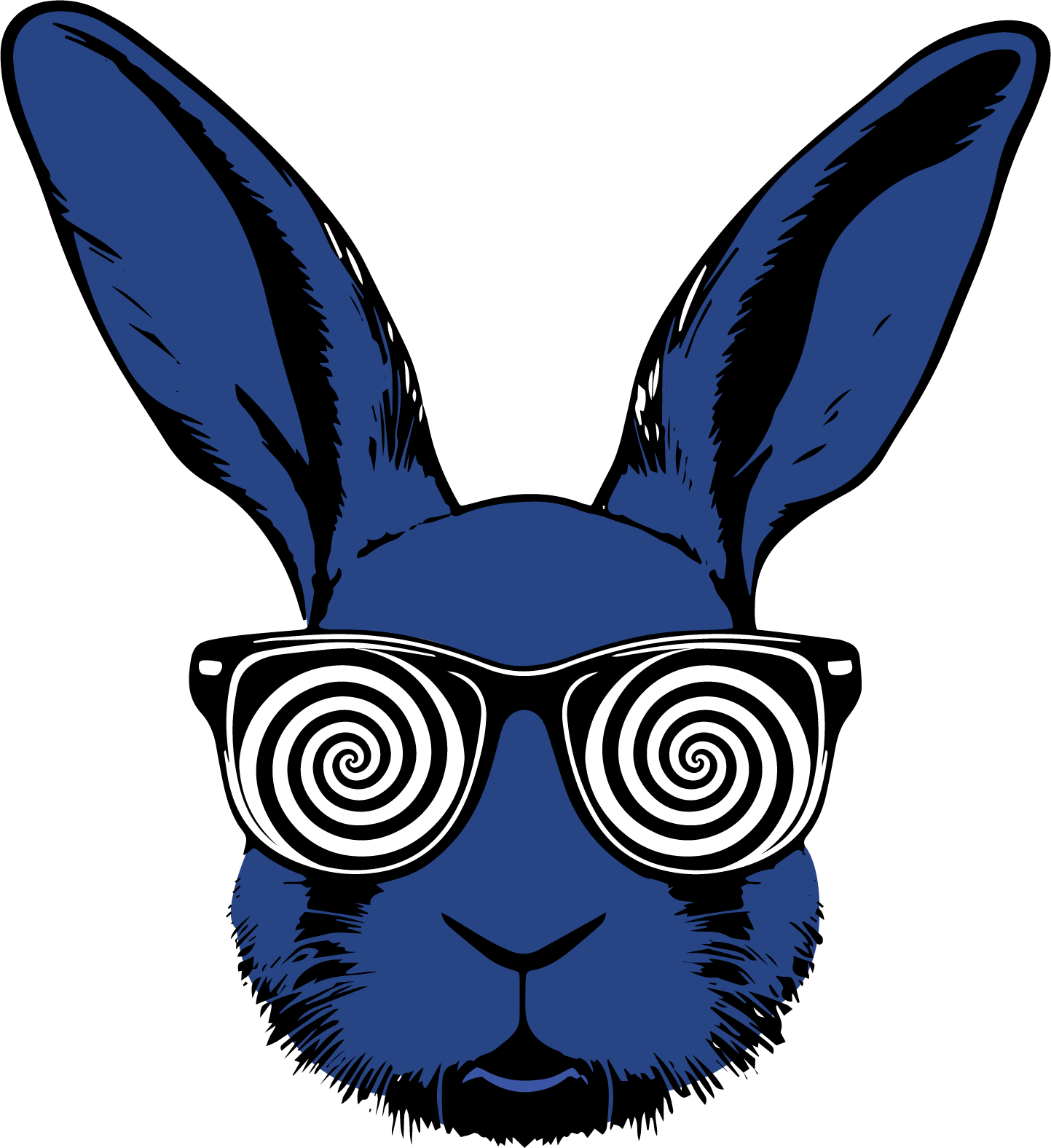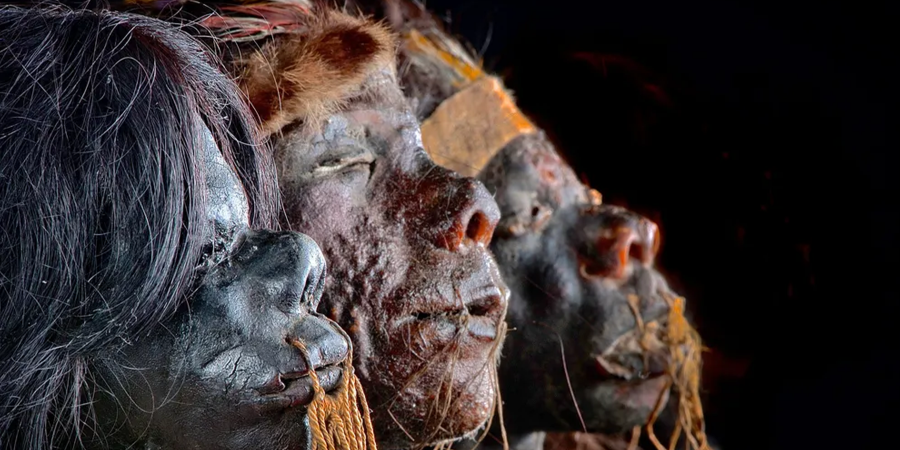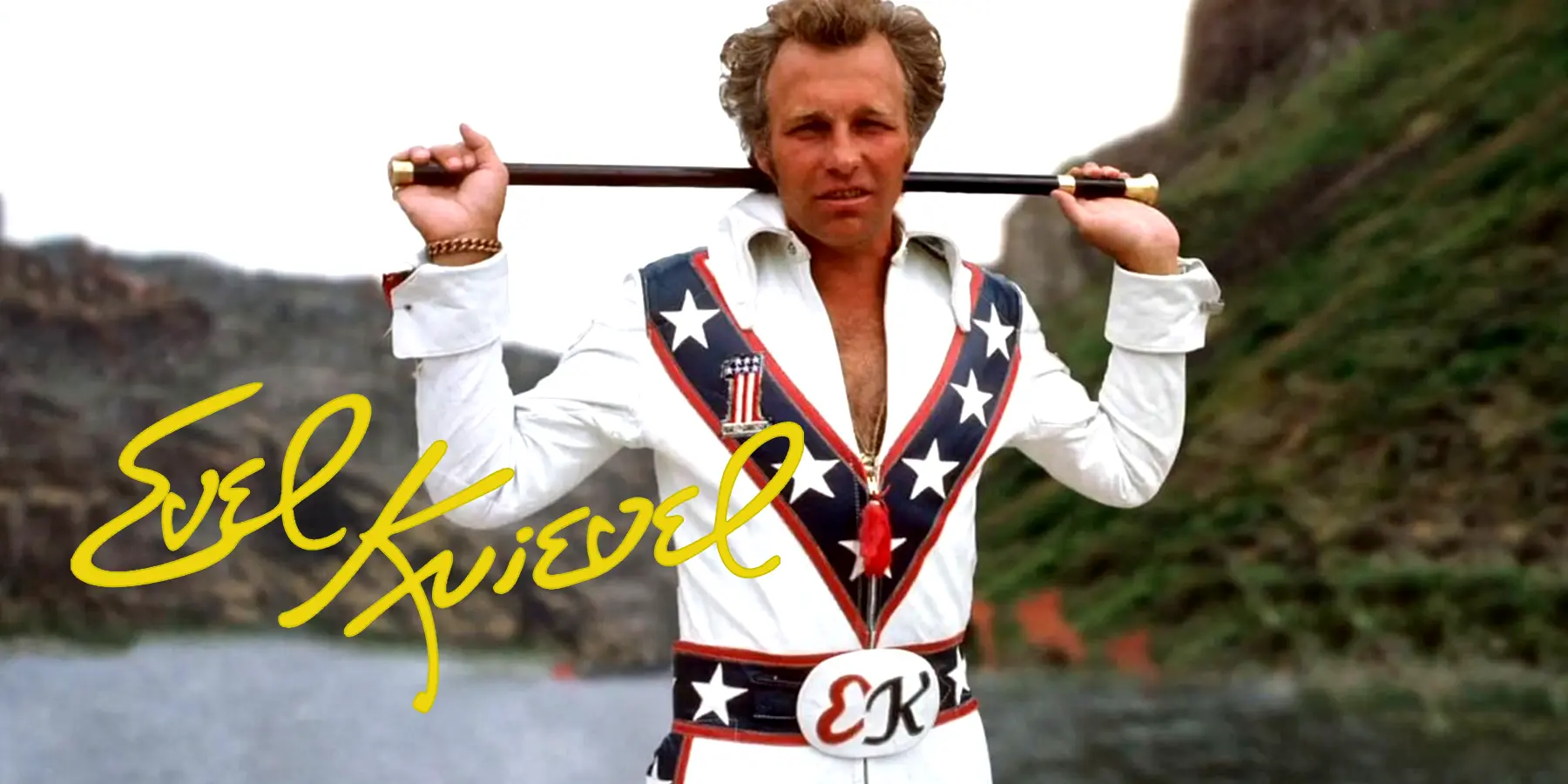In the world of Mexican cinema, few films have the bizarre charm, patchwork history, and cult influence of Riders of the Skulls (El Charro de las Calaveras), a film that boldly mashed together Western grit, supernatural terror, and a stitched-together production worthy of its own monster. Released in 1965, this genre-bending oddity wasn’t just another horror film or cowboy flick—it was a cinematic chimera that fused serials, folklore, and low-budget ingenuity into something unforgettable.

The Plot: A Western With Monsters Galore
The story centers on a masked hero, the Skull Rider, who teams up with a pair of courageous companions to battle all manner of supernatural threats in the dusty frontier. They face off against bloodthirsty werewolves, vengeful mummies, and even a demonic ghost. It’s a high-stakes ride that mixes the eerie shadows of gothic horror with the gunslinging action of classic Westerns. Think The Good, The Bad, and The Ugly meets House of Dracula.
But Riders of the Skulls isn’t just about its spooky rogues’ gallery. It’s about atmosphere. This is a film where dusty saloons give way to haunted crypts, where pistol duels end with monsters lurking in the moonlight. It’s unapologetically over-the-top and lovingly crafted in its absurdity.
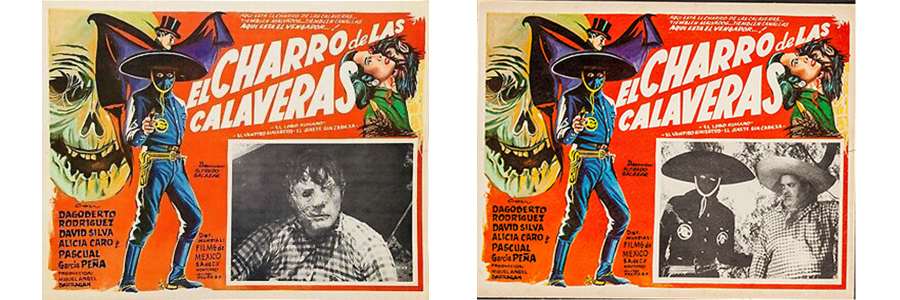
A Cinematic Patchwork: Serial Origins and Multiple Stars
Here’s where things get truly fascinating: Riders of the Skulls isn’t a straightforward film with a linear production. It’s a Frankenstein’s monster of cinema, pieced together from bits of earlier serials and different productions. The Skull Rider himself was played by multiple actors across these serials—none of whom were consistently the same person. This wasn’t an artistic choice but a necessity born from reusing footage to save costs. The result? A film that feels like a fever dream, where the main character’s appearance sometimes subtly (and hilariously) changes between scenes. The production spliced together elements from several different stories, re-editing and dubbing them to create a single, cohesive narrative. It’s a testament to the resourcefulness of Mexican filmmakers at the time, who worked with tight budgets but no shortage of creativity.

Influence on The Misfits: Punk Meets Mexican Monsters
Riders of the Skulls didn’t just stop at being a cult favorite in Mexican horror—it transcended borders and inspired none other than the iconic punk band The Misfits. Glenn Danzig, the band’s founder, cited the film as an influence on the group’s horror-laced aesthetic and themes. The movie’s macabre monsters, gritty atmosphere, and DIY spirit resonated deeply with the band, inspiring songs that blend campy horror with raw energy.
The Misfits often incorporated monster imagery and Mexican folklore into their lyrics and album art, creating a direct through-line from the cinematic wildness of Riders of the Skulls to the punk rock stage.
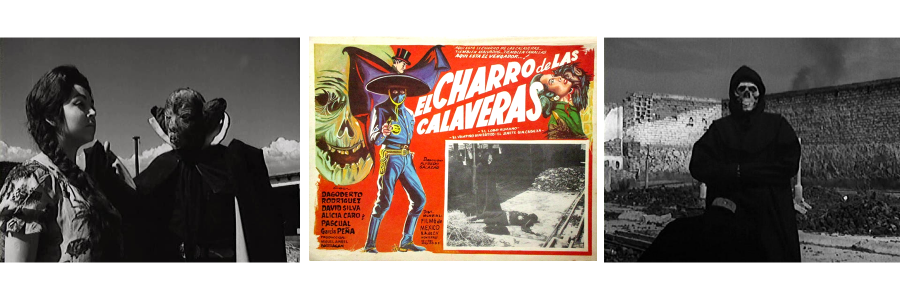
Blending Genres: A Western-Horror Hybrid
One of the most intriguing aspects of Riders of the Skulls is how seamlessly it blends genres. At its core, it’s a Western, with a lone hero, gunfights, and dusty landscapes. But layered on top of that is a rich tapestry of horror tropes: werewolves stalking the night, mummies emerging from tombs, and spectral figures haunting the desert plains.
This fusion wasn’t common at the time, even in Mexican cinema, which often kept its horror and Western genres separate. Riders of the Skulls broke new ground by showing that you didn’t have to choose one or the other—you could have cowboys and creatures in the same film.

Production Details: The People Behind the Madness
The film was directed by Alfredo Salazar Garcia, a name synonymous with low-budget Mexican horror cinema. Salazar had a knack for turning limited resources into atmospheric, unforgettable films, and Riders of the Skulls is a prime example of his resourcefulness.
While much of the cast rotated due to its serial origins, the supporting actors brought a lively charm to the film, lending the ridiculous premise a surprising amount of heart. The movie was produced by Cinematográfica Calderón, a studio known for churning out everything from luchador films to gothic horrors. This was a studio unafraid to experiment, and Riders of the Skulls is a testament to their willingness to take risks.
Cultural Impact: A Hidden Gem of Mexican Cinema
Riders of the Skulls occupies a unique place in Mexican cinematic history. While it wasn’t a blockbuster, its unconventional blend of genres and its scrappy production values have earned it a devoted cult following. The film reflects the ingenuity and creativity of Mexican filmmakers in the 1960s, who found ways to make magic on shoestring budgets.
Its mashup of horror, folklore, and Western tropes also serves as a love letter to Mexican storytelling traditions, which often blend the supernatural with the everyday. The movie’s influence on international pop culture, particularly through its connection to The Misfits, has only solidified its legacy.
Why It Still Matters
In a time when movies often stick to formula, Riders of the Skulls stands as a reminder that bold experimentation and fearless creativity can create something truly special. It’s a film that embraced its limitations, leaned into its quirks, and gave us cowboys, monsters, and moonlit mayhem in one wild ride.
So whether you’re a fan of Mexican horror, Westerns, or The Misfits, Riders of the Skulls is a must-watch. It’s not just a film—it’s a testament to the power of imagination, a genre-bending masterpiece that continues to inspire.

